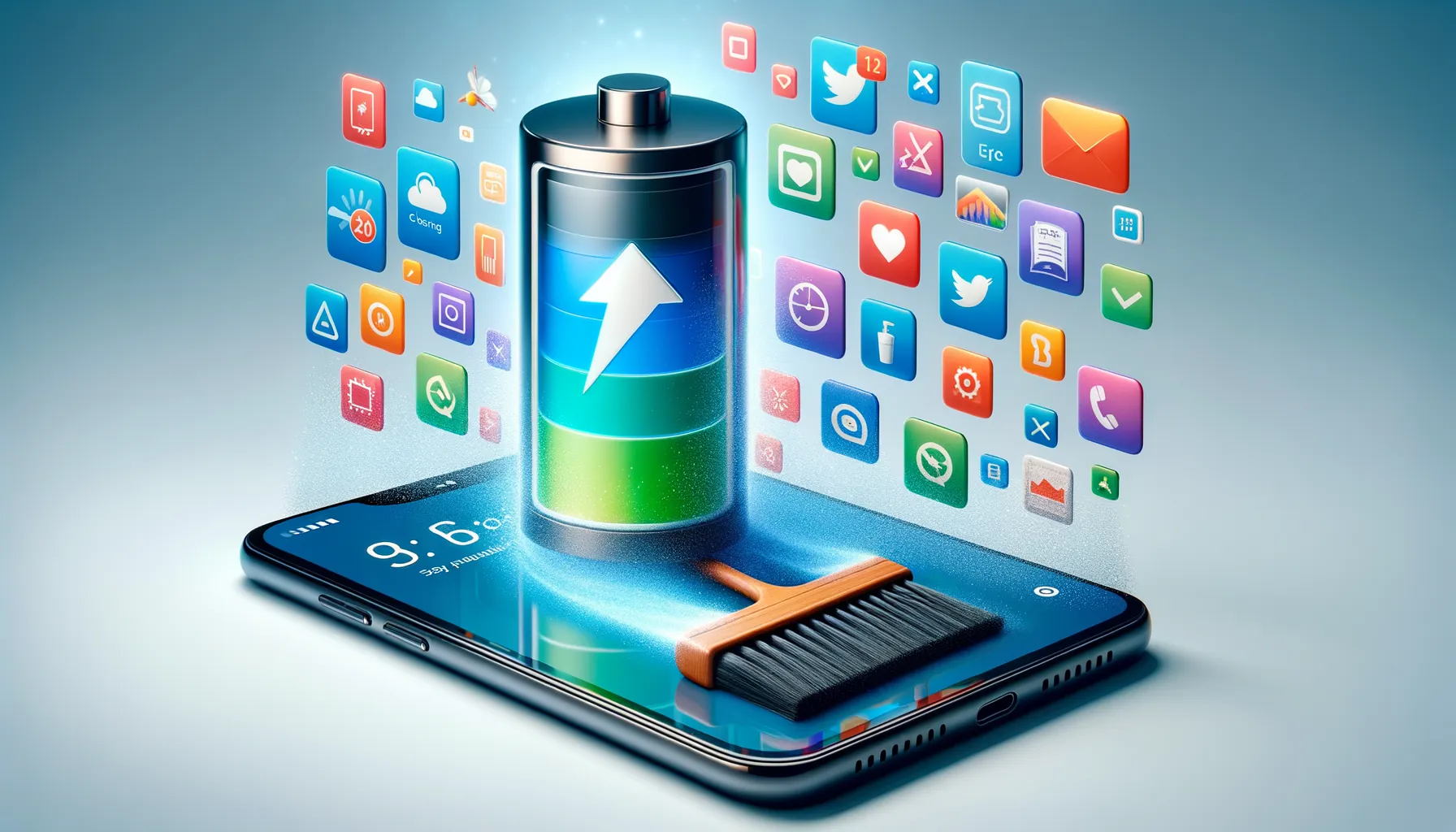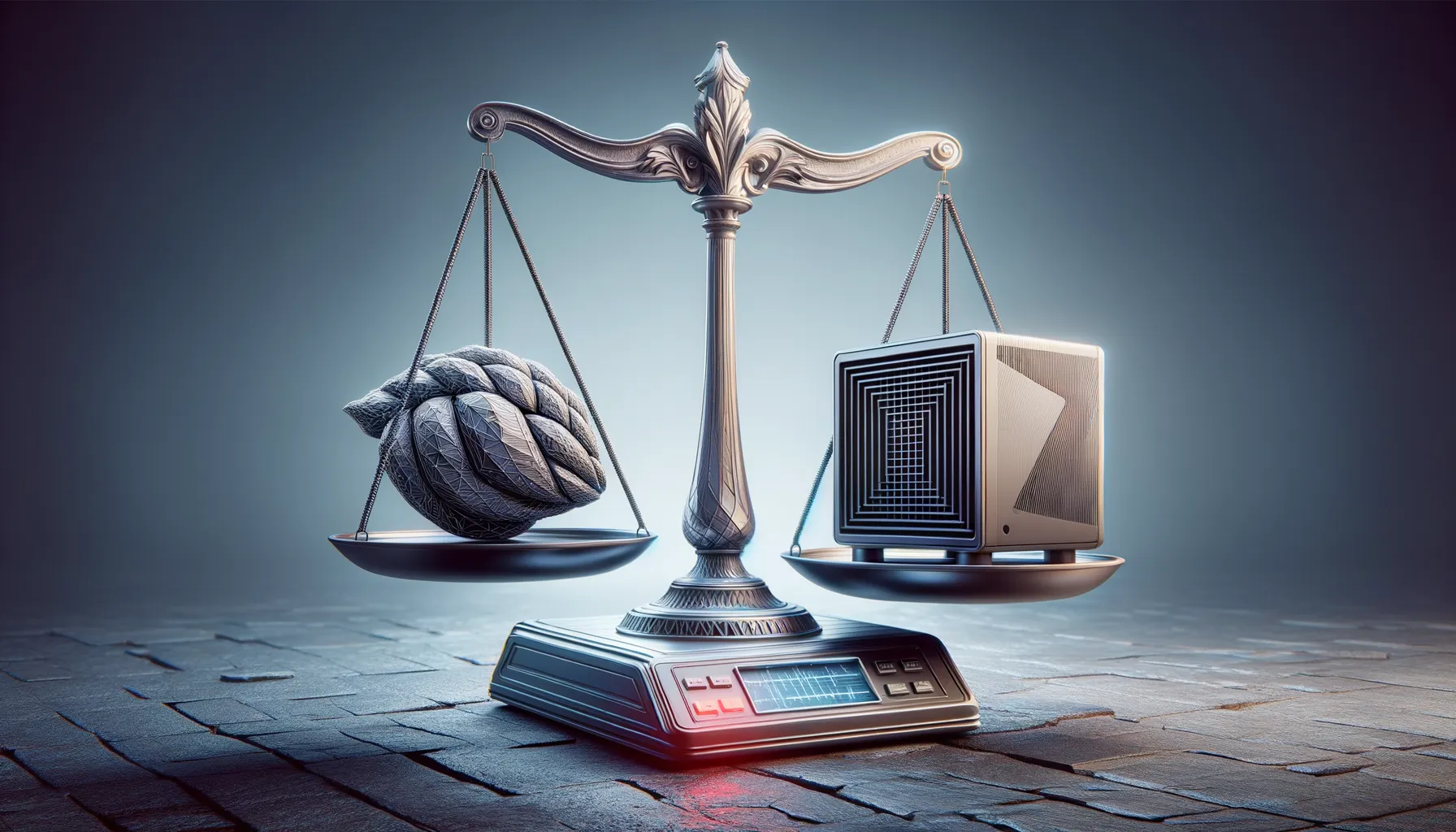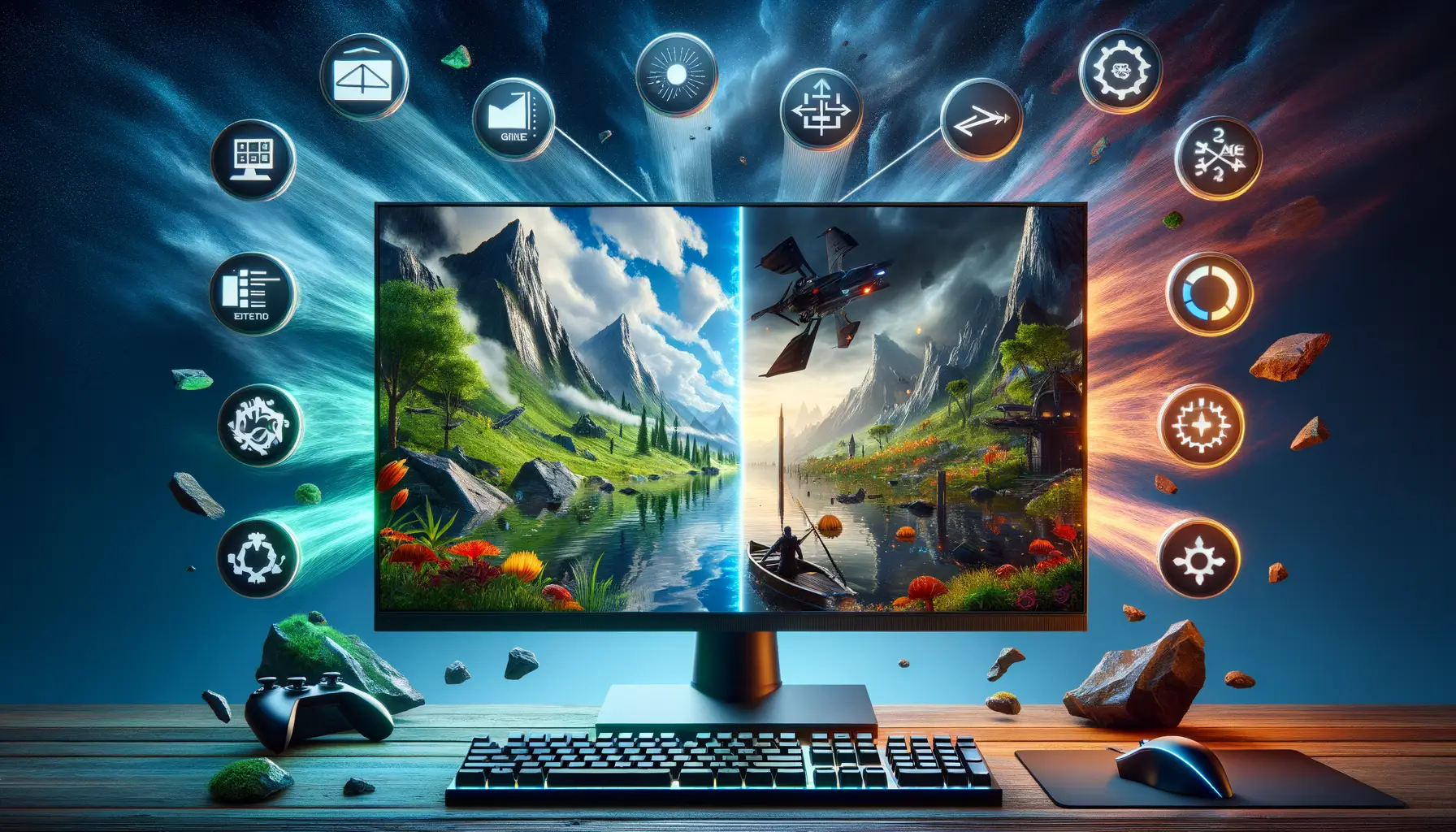Understanding Graphics Settings on Mid-Range Smartphones
Why Graphics Settings Matter More Than You Think
When it comes to mid-range smartphones, graphics settings are like the fuel for your gaming engine. Imagine stepping into a high-speed race with an average car—it’s not all about speed; handling and balance count, too! The same goes for your device. Choosing the right graphics options can turn a choppy, laggy experience into buttery-smooth gameplay without overheating or draining your battery in seconds.
Most games come packed with visual features like shadows, textures, and frame rates that can make your favorite RPG look stunning—or bog down your phone entirely. Adjusting these wisely is key! Here’s what you should pay attention to:
- Resolution: Lowering this can reduce load on your GPU while still keeping action clear and sharp.
- Texture Quality: High textures look great but eat more memory—medium works just fine for most mid-range phones.
- Frame Rate: Locking at 30FPS often balances smooth performance and battery life.
Learning these settings is like unlocking a treasure chest of potential hidden in your phone. Ready to tweak and unleash that power? Buckle up!
Optimizing Performance for Your Smartphone

Say Goodbye to Lag: Practical Tweaks You’ll Love
Does your phone feel like it’s trudging through mud when you game? Let’s breathe new life into its performance. The trick lies in understanding what your device can handle and giving it a gentle nudge in the right direction.
First, don’t underestimate the power of adjusting your frame rate. Higher isn’t always better! Setting it to around 30fps instead of pushing for 60fps can make even a mid-range smartphone feel like it’s been turbocharged. Plus, your battery will thank you.
Here are some tried-and-true tips to lighten your phone’s load:
- Turn off shadows: They look cool, but they’re resource hogs.
- Decrease texture quality: Unless pixel-perfect details matter, dial textures down a notch.
- Disable anti-aliasing: It smooths edges, sure, but your phone might prefer to skip this chore.
The Wonders of an Optimized Device
Another game-changer? Clearing out background apps. Think of it as decluttering your smartphone’s mind—it runs smoother without extra baggage. And don’t sleep on keeping your device cool. A hot phone is a slow phone, so avoid gaming while charging or in direct sunlight.
Balancing Graphics Quality and Device Responsiveness

Finding That Sweet Spot Between Eye Candy and Speed
Imagine this: you’re diving into an intense gaming session, your favorite character ready to strike, and then—bam!—your phone stutters. That split-second lag? It can be the difference between victory and throwing your phone onto the couch in frustration. So how do you keep your games looking gorgeous without sacrificing smooth gameplay?
First things first, mid-range smartphones are like loyal friends who aren’t endurance athletes. These devices can handle plenty, but push them too hard, and they’ll stumble. To balance those stunning visuals with buttery-smooth responsiveness, tweak graphics settings thoughtfully.
Here’s what I usually do:
- Lower Shadow Quality: Shadows eat up processing power faster than popcorn at a movie night. Reducing this can work wonders.
- Tweak Frame Rates: Set your frames-per-second (FPS) to around 30 for steadiness or push to 60 FPS if the device is holding up well.
It’s All About Priorities
Ask yourself this: would you trade a little visual dazzle for snappier controls? Things like particle effects or ultra-high textures look cool but may not feel worth it when your character moves as if stuck in molasses. Dialing these down could make your gameplay buttery-smooth while still keeping it visually appealing. Find what makes *your* experience magical.
Tips for Adjusting Game Graphics Settings

Start with Your Resolution and Frame Rate
Nothing crushes a gaming experience faster than choppy visuals or lag that makes a fast-paced game feel like you’re wading through molasses. When diving into your game’s settings, focus first on resolution and frame rate. These two are the lifeblood of smooth gameplay.
Too high a resolution can make stunning worlds look pixel-perfect, but on mid-range smartphones, it’s often like asking a hatchback to race on a Formula 1 track. Aim for something practical—1080p is usually a sweet spot. Frame rate? Stick to 30 FPS for stable performance or 60 FPS if you’re feeling ambitious (and your phone isn’t melting!).
- Pro tip: Lowering resolution by even one step can dramatically boost frame rates without ruining visual quality.
- If offered, use a dynamic resolution setting. It adjusts automatically, so you’ll rarely notice dips in performance.
Tweak Shadows, Textures, and Effects
Here’s the truth: shadows might look cinematic, but they demand a ton of processing power. If your game feels sluggish or heats up your phone, start dialing down shadow quality before anything else. Trust me—your gameplay will still look fantastic.
Next, find the texture quality option. On mid-range devices, medium textures often hit the perfect balance between detail and performance. And those dazzling particle effects? While exploding barrels might look cool, lowering or turning off extra effects like motion blur and bloom could save your battery (and keep your phone from doubling as a hand warmer).
Your goal? A buttery-smooth experience that feels responsive while still looking gorgeous enough to immerse you—without frustrating stutters or overheating disasters.
Common Mistakes to Avoid While Tweaking Settings

Don’t Let Trial and Error Turn Into Chaos
Tinkering with graphics settings can feel like crafting a masterpiece, but don’t let excitement blind you. Many users dive in headfirst, moving sliders and flipping switches without understanding the consequences. It’s tempting to max out that shadow quality or crank up the resolution, but one wrong move and your game could resemble a slideshow instead of a smooth cinematic experience.
Here’s a critical tip: watch out for the sneaky culprit called anti-aliasing. While it smooths jagged edges, it’s a notorious battery guzzler. Test subtle changes first—it’s all about finding harmony, not flexing your smartphone’s stamina.
- Overlooking Frame Rates: Everyone loves gorgeous visuals, but what good are they if your game stutters? Always prioritize frame rate over flashy graphics.
- Forgetting Heat Warning Signs: Push too hard, and your phone could heat up faster than summer asphalt. Keep performance crisp, not crispy!
The “Set and Forget” Trap
Ever adjusted settings once, only to assume they’ll work for every game? That’s like wearing flip-flops to a snowstorm! Different games demand different tweaks. For instance, an open-world RPG might need balanced shadows and view distance, whereas a fast-paced shooter begs for minimal input lag. Take time to tweak settings individually—your gaming experience deserves that extra love!